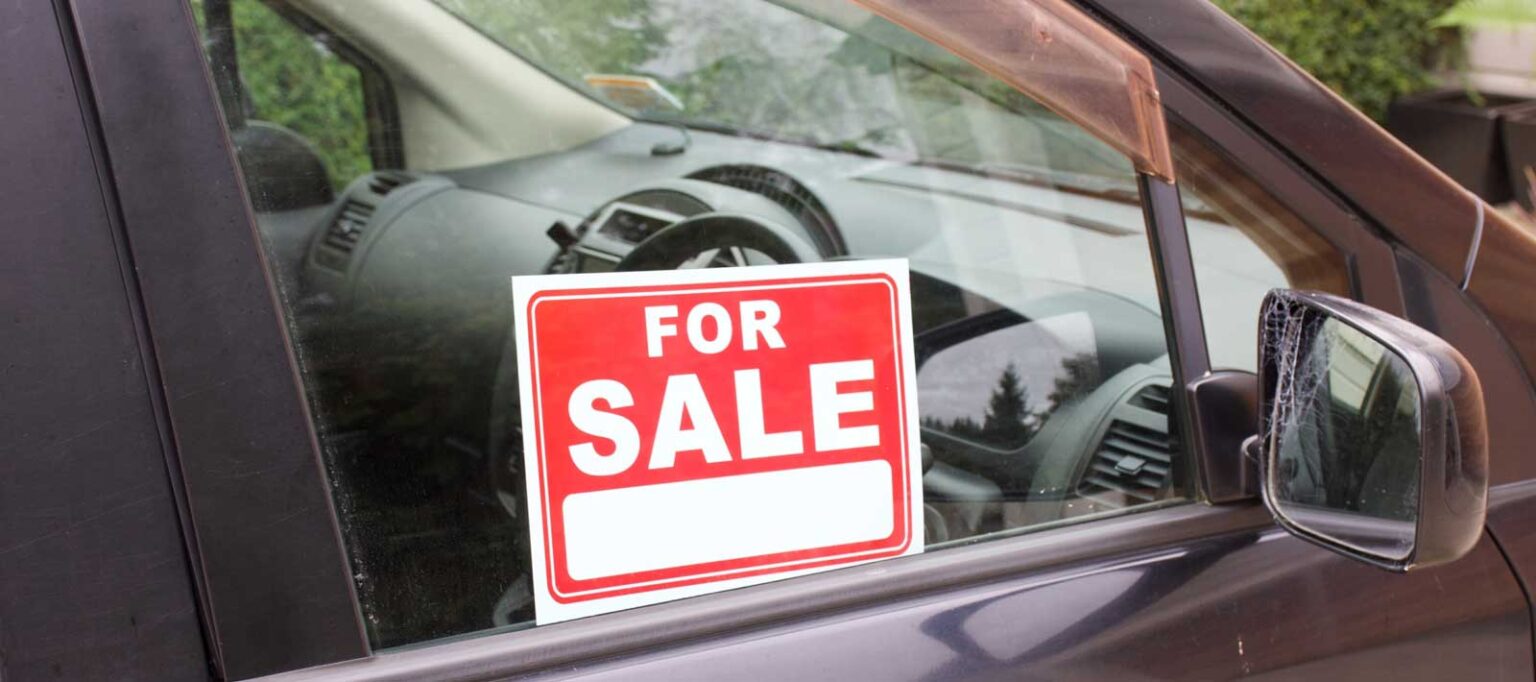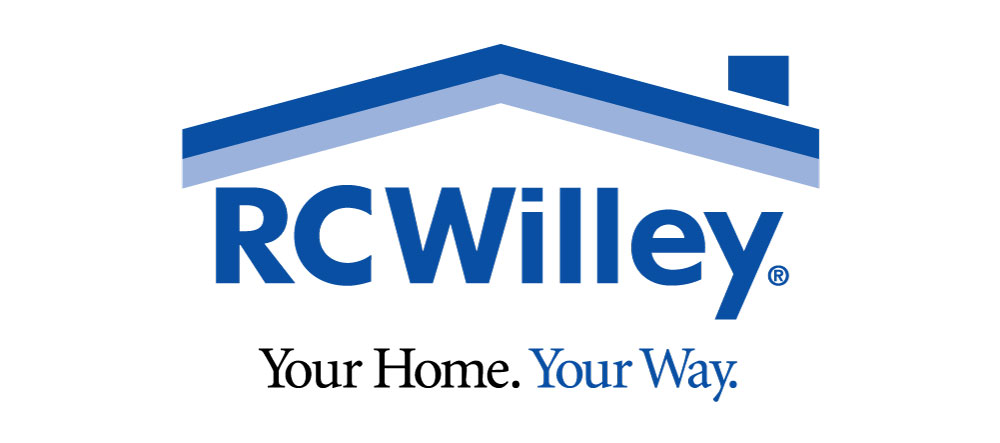Having a Tunex mechanic check out the condition of a vehicle you want to buy or sell is a smart move.
If you are selling, you may not realize the car needs expensive work to be done (especially since Utah no longer requires annual safety inspections for most cars). Even if the car is in great shape, though, it’s one thing to say there’s no work needed. It’s another to back up your claim with an actual report from an engine expert.
If you are buying, especially if the seller is a private owner and not a dealership, the Tunex mechanic can give you peace of mind.
The key to choosing a used vehicle is buying something that has performed well. And you don’t have to buy something really old. Many experts recommend looking at vehicles that are 2-3 years old. That’s old enough you will pay significantly less, but new enough to have good safety features.
Once you find a vehicle you think would work, bring it to Tunex for a used car analysis. We can help you with a visual analysis and possibly take it for a test drive. This can help identify problems such as:
- Scratches, dents, rust, large gaps and misaligned panels
- A consistent paint finish and paint color, and evidence of repainting
- Evidence of structural repairs such as frame welding and fresh undercoating
- The condition of the doors, hood and trunk
- Cracks and pockmarks in the glass
- Problems with lights and lenses
- Possible tire problems
After that, we can do a comprehensive performance analysis that will include the following potential problem areas:
Engine performance: We evaluate the engine’s function. We listen for noise and look for smoke.
Ignition systems: We look at whether everything is working correctly.
Fluids: Water droplets might mean a cracked engine block; gray or foamy oil might mean a blown head gasket. The oil color should range from honey to black, but it should not be gritty. Transmission fluid should be pinkish and free of burnt odor, and power steering and brake fluids should be at specific levels. We look for any evidence of leaks, carbon deposits or sludge under the oil cap.
Timing controls: Some vehicles have timing belts, and others have timing chains. We check to ensure timing controls are working correctly, and we also look for evidence a timing belt has been replaced.
Air conditioning: Air should blow cold quickly.
Cooling system: A coolant leak from the radiator is a problem. We also look for evidence of overheating.
Charging and starting system: We check for functionality, corrosion and loose wires or hoses. We do a load test on the battery and check out the charging system. Hybrids need a little additional care to ensure the battery charges and discharges while the vehicle is being driven.
Steering and suspension: We check problem areas such as the shock absorbers, suspension joints and wheel bearings.
System pressure: Coolant expands when it is hot. Radiator caps act as a pressure release and safety valve in most cars. Pressure over the safety limit discharges coolant, usually into a recovery tank. We make sure everything is working correctly.
Brake system: Worn or brand-new pedal rubber may mean heavy usage.
Belts and hoses: We look at the wear and make sure hoses are not loose.
Radiator: Coolant is orange or greenish, not milky or rusty. Green stains outside the radiator indicate leaks.
Thermostat: The temperature for a warm engine should be around the middle of the gauge.
Finding out a new-to-you vehicle needs expensive repairs soon after buying it is always bad news, and Tunex wants to ensure that you don’t get surprises like that. Bring the vehicle to Tunex before you decide to buy. Spending a little money on a used car analysis will give you an accurate idea of what you are buying. That way, we can make sure you don’t end up buying a lemon.




